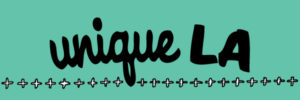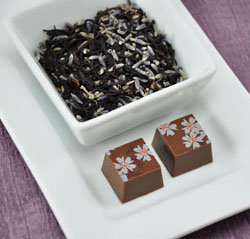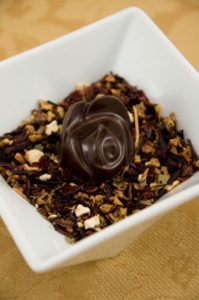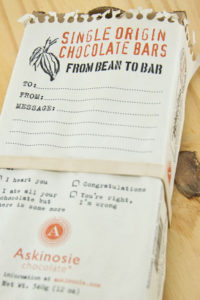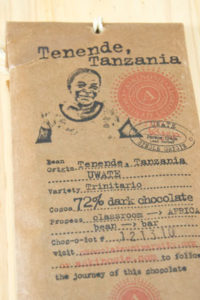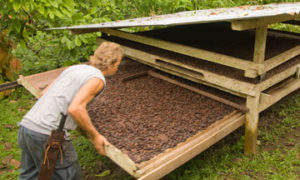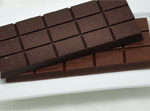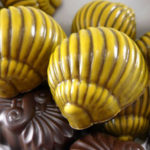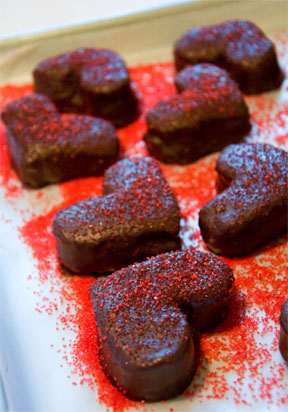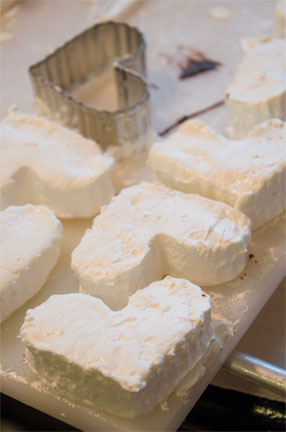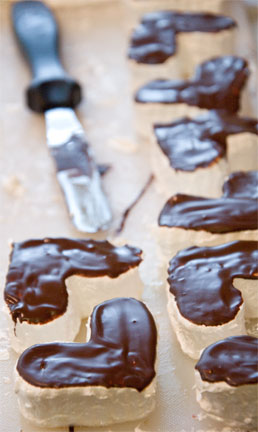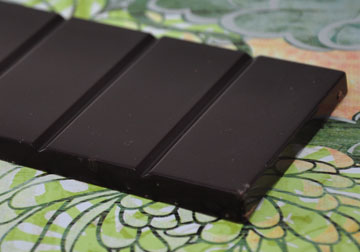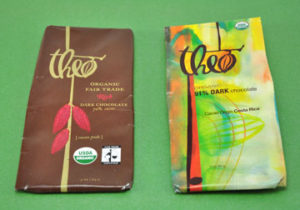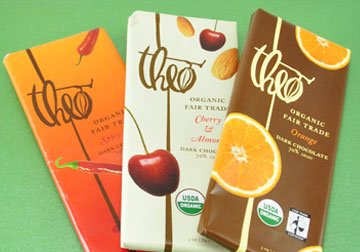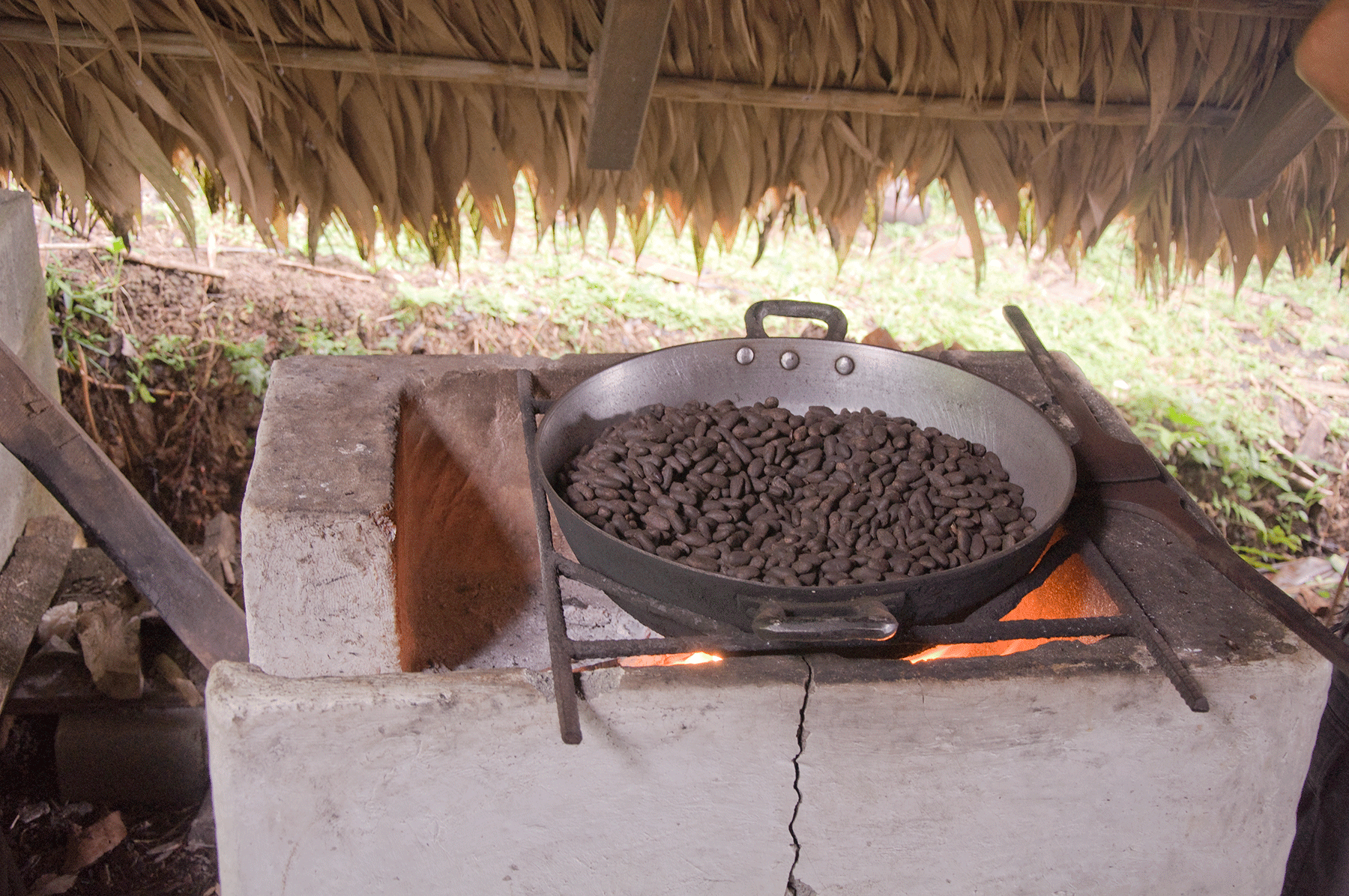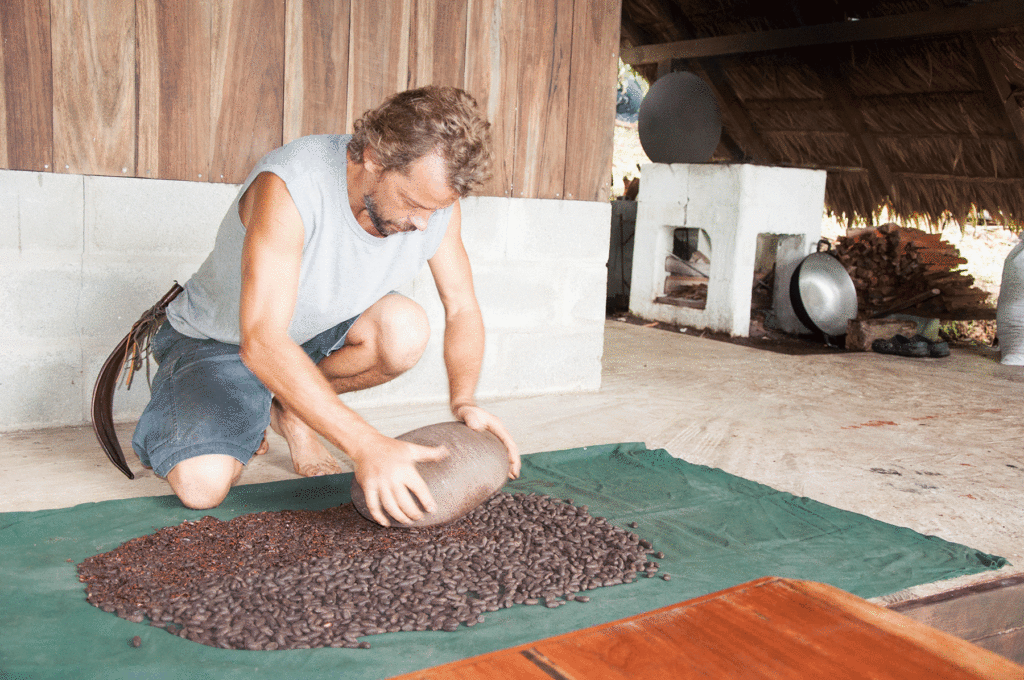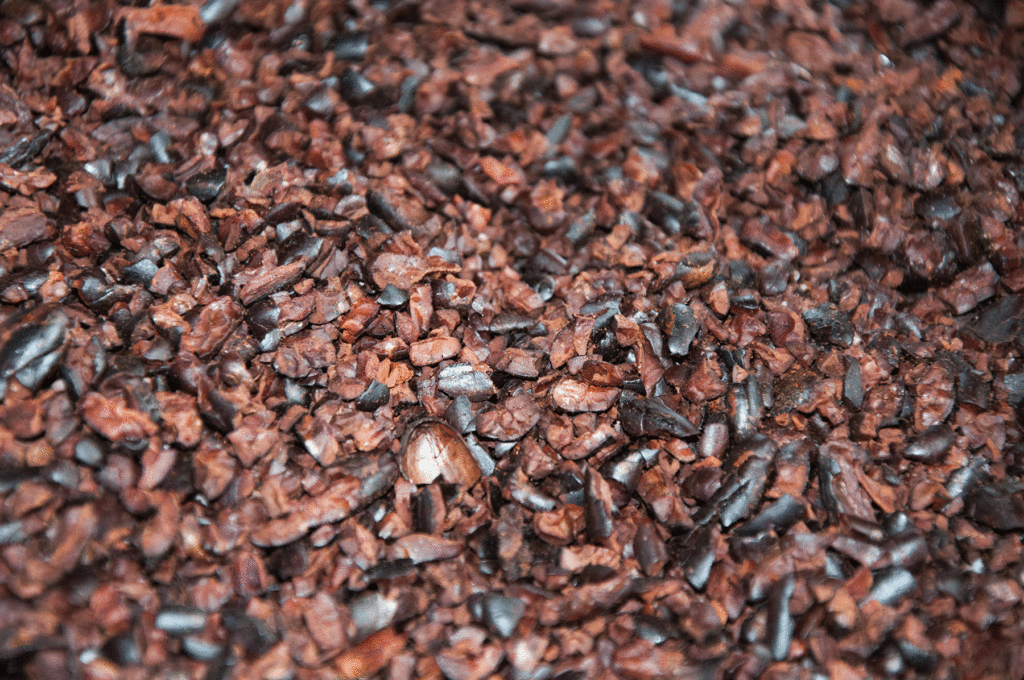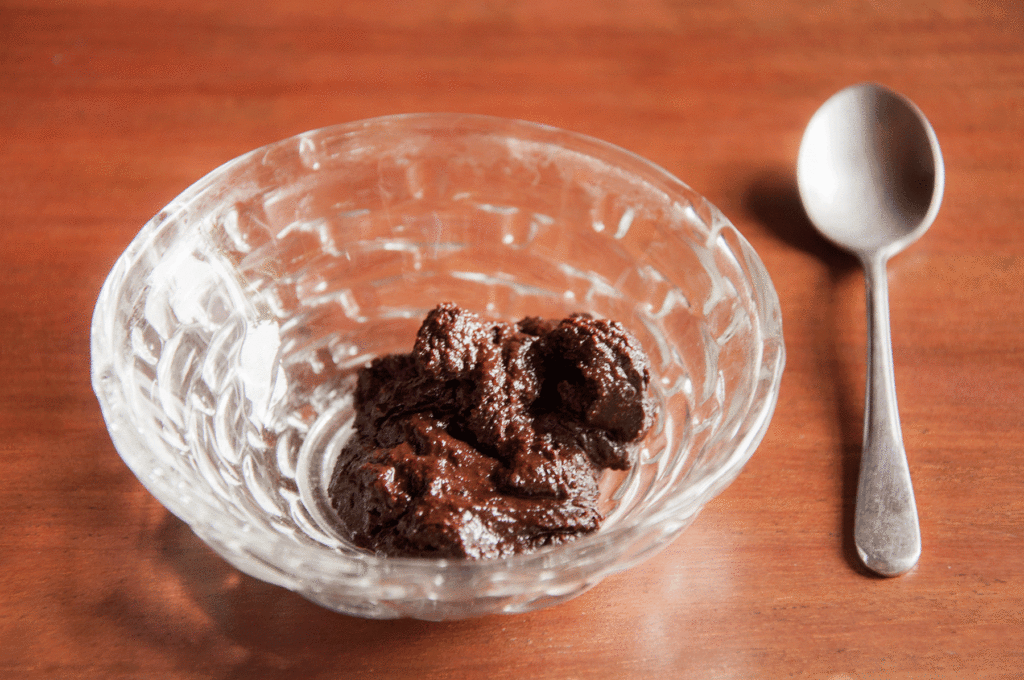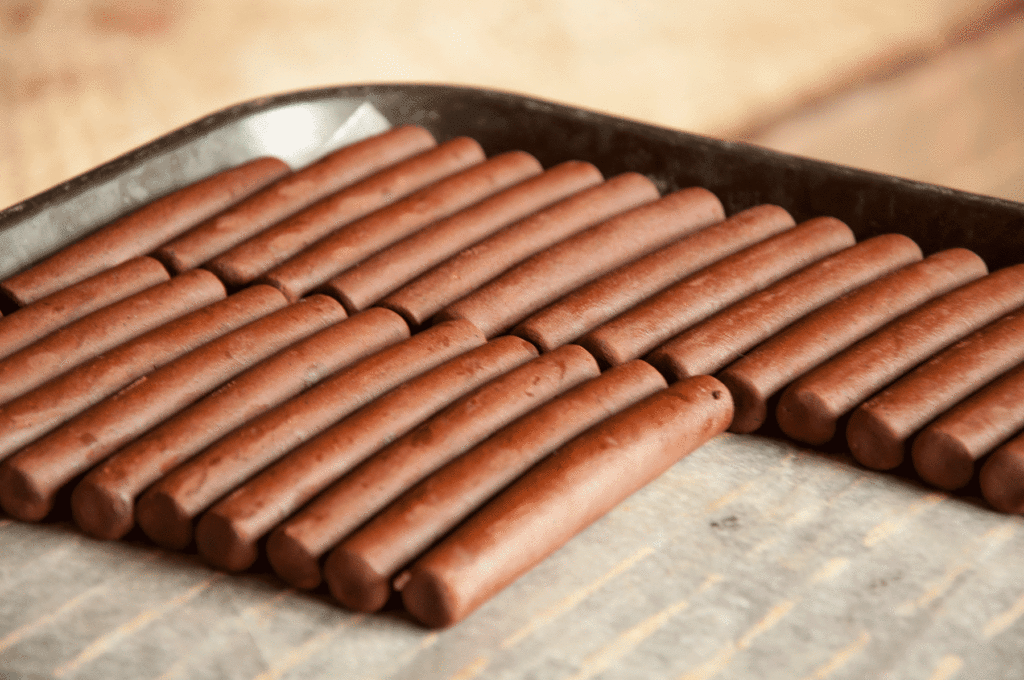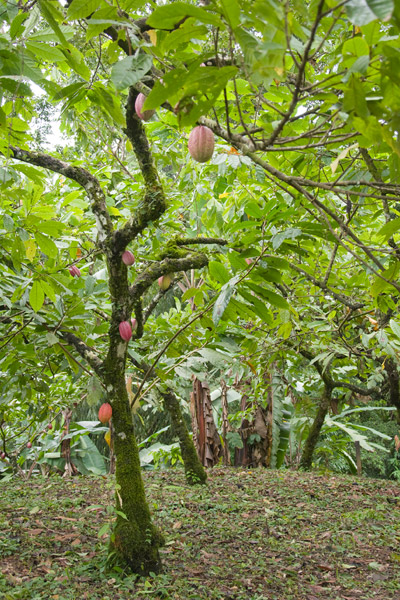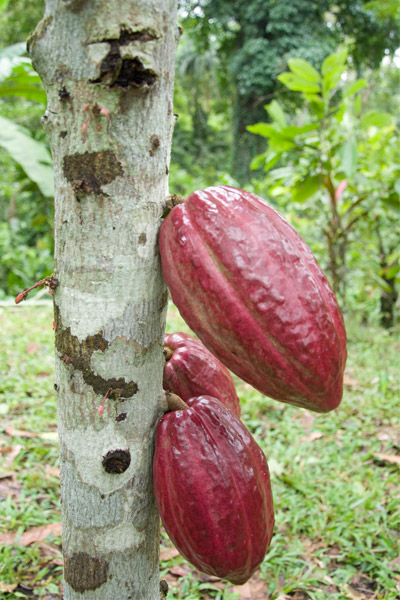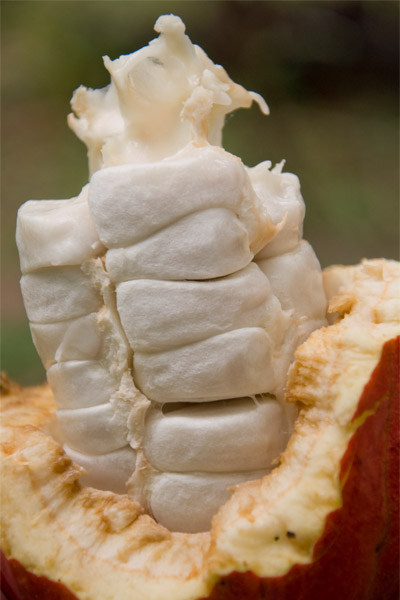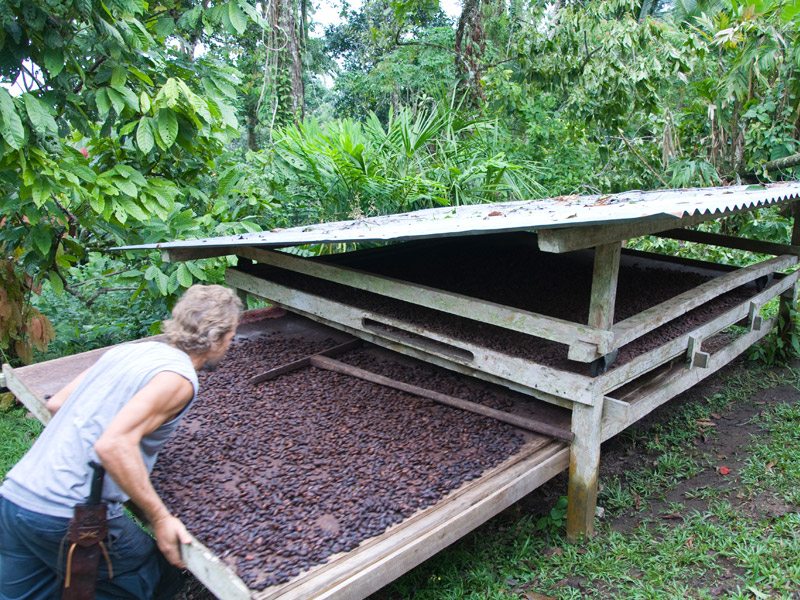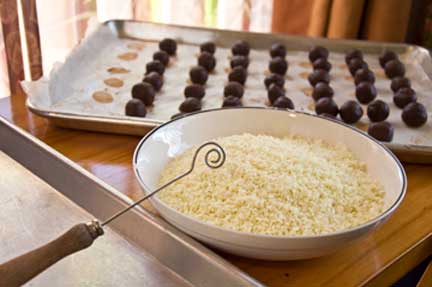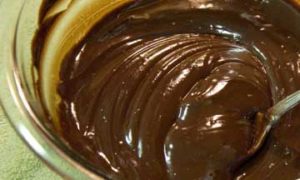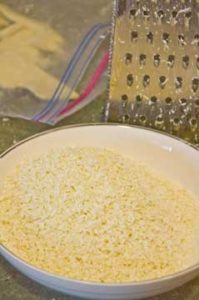 Everyone always asks where they can buy our truffles and confections besides on line and because of the short shelf life of our preservative free chocolates I keep them pretty exclusive. If you live here in southern California, specifically the LA area here’s your chance to visit one of our booths at these two great shows!
Everyone always asks where they can buy our truffles and confections besides on line and because of the short shelf life of our preservative free chocolates I keep them pretty exclusive. If you live here in southern California, specifically the LA area here’s your chance to visit one of our booths at these two great shows!
First up and just three days away, this Wednesday and Thursday May 4th and 5th from 5 to 10, Sheckey’s Girls Night Out! No boys allowed here, just us girls doing what we do best, gabbing it up with our best friends and shopping! This uber girlie event pairs beauty and fashion with cocktails, oh my! And every girl likes a good chocolate now and then so I will be there to represent only the best. I will be featuring and sampling new Krispie and Nibbley Bars, hopefully sporting my new LC t-shirts and including a surprise gift with each purchase! So if you live near by grab your best gal pal and join us, we will be there both nights so no excuses! Click the link below to buy tickets now on sale for 20$ which include a rad swag bag.
Then on Saturday and Sunday the famed Unique LA! Celebrate Mother’s Day weekend May 7th and 8th from 11 to 6 on the California Market Center’s 13th floor penthouse, over looking downtown LA. This is our third show with them and we just love surrounding ourselves with hundreds of local, fellow entrepreneurs. With over 300 vendors, there’s sure to be something for everyone! Including not only plenty of stellar food and desserts, but clothing, jewelry, art, bath & body, and even kids stuff! Speaking of the kiddos, Unique LA always has a great vibe and is kid friendly with free craft workshops and free admission for kids 12 and under. Come find our booth for some delicious samples including Smores‘ with out the campfire! Get em’ while there “hot” or before there gone! Of course we love to shop in support of local business too and if you spot our team roaming the halls you might just receive a sweet surprise! Hope to see you there!

